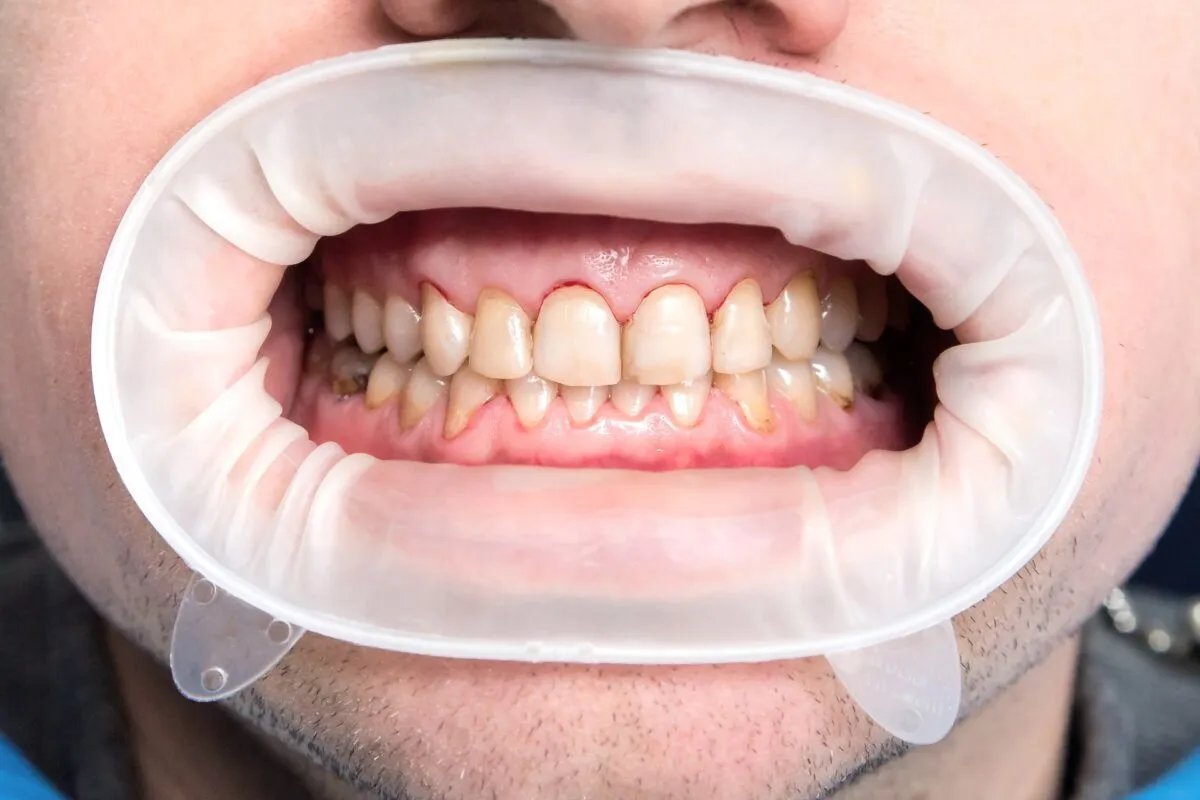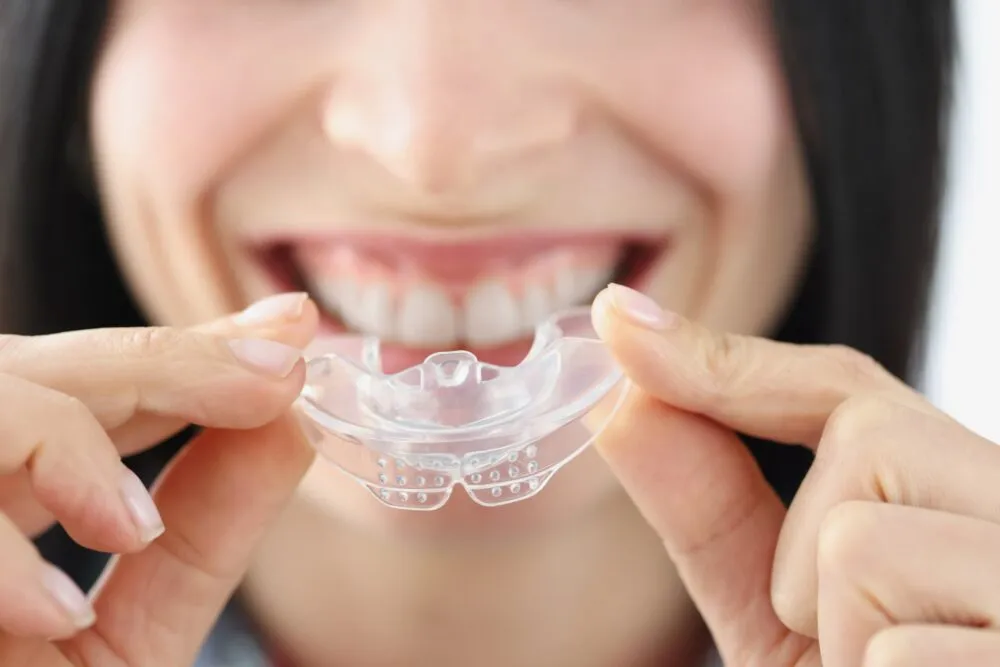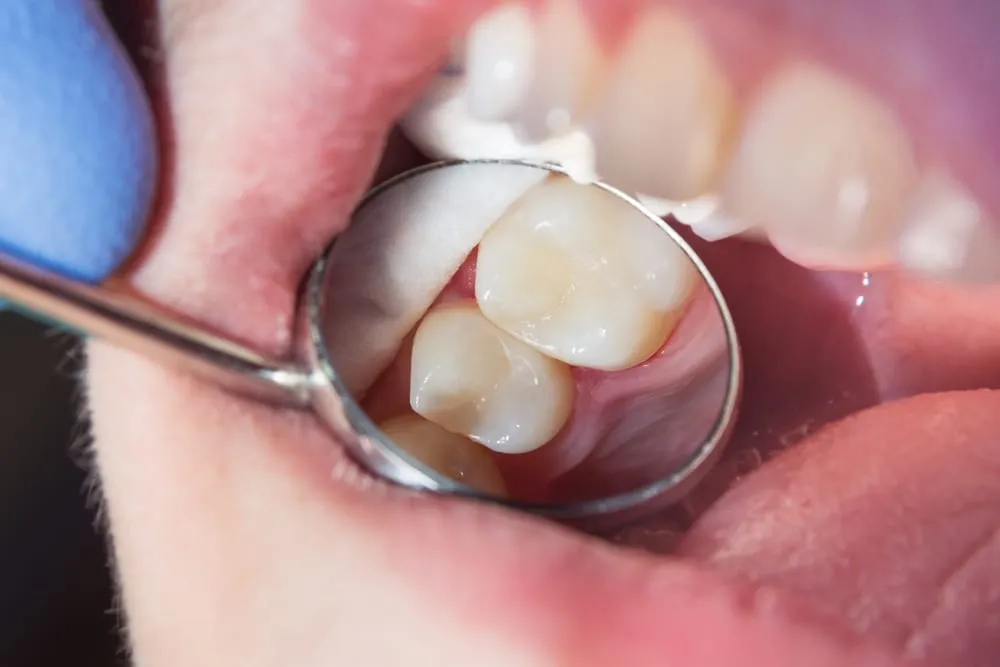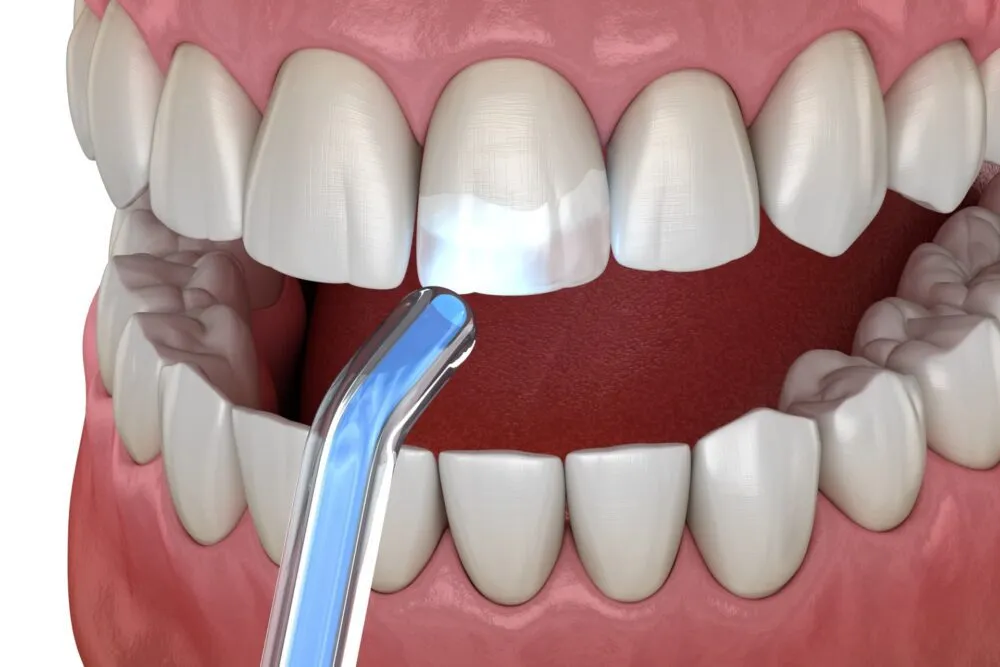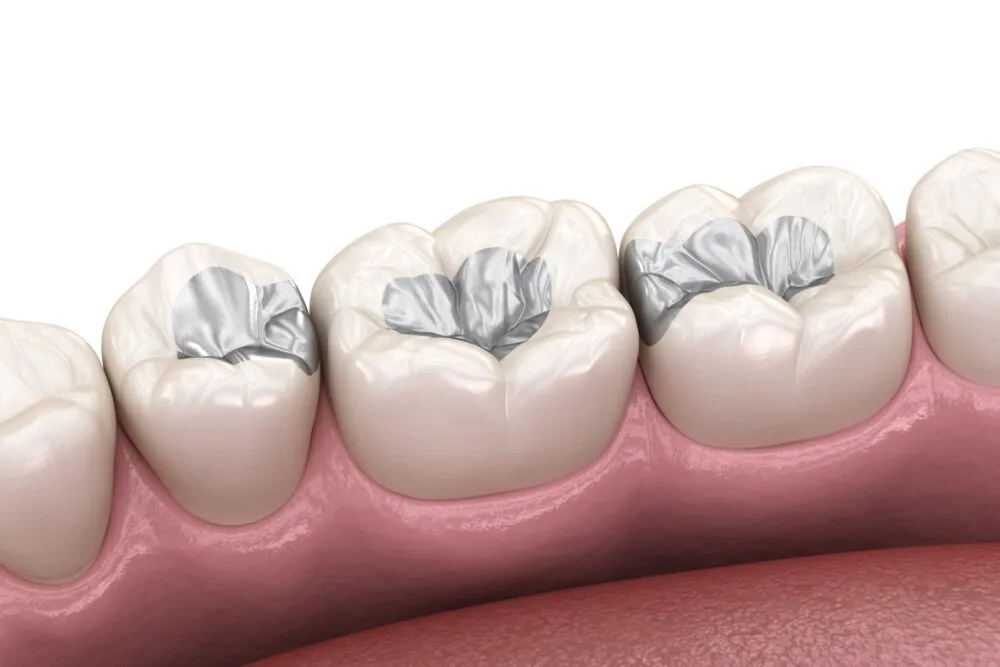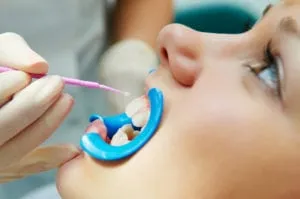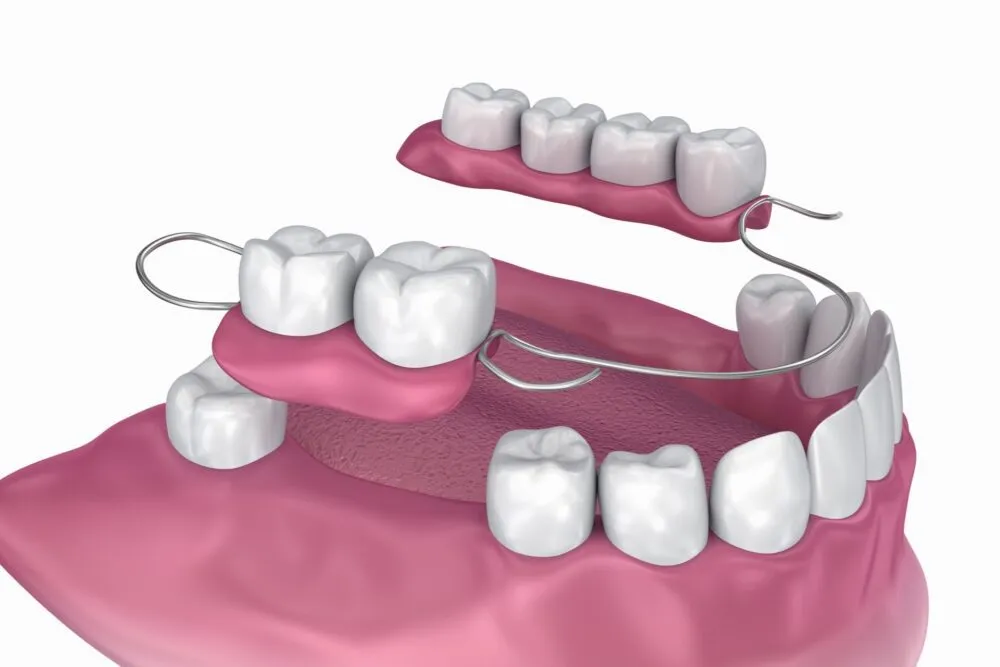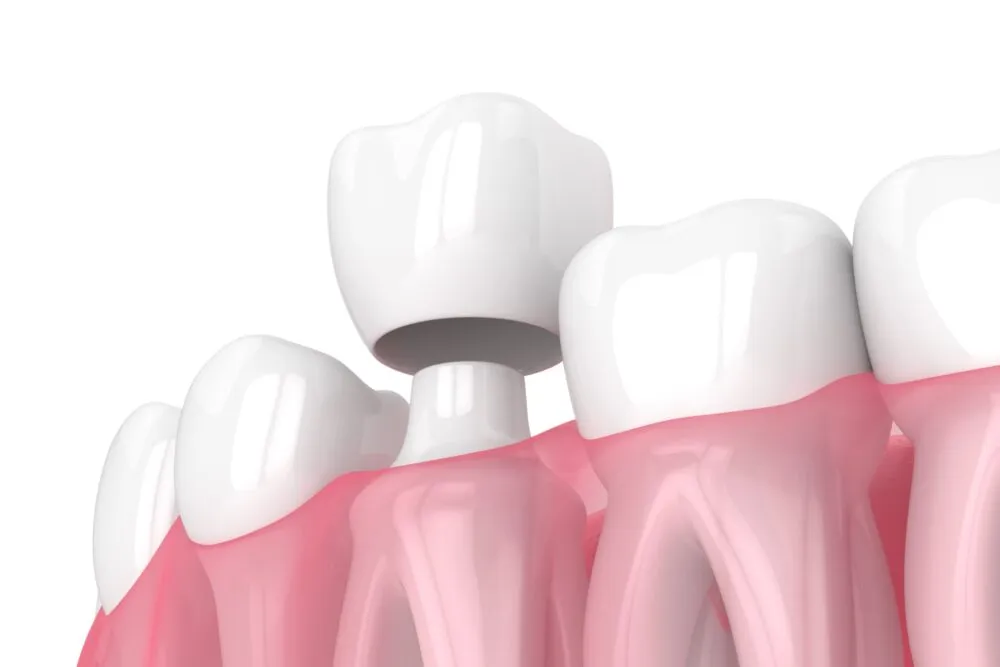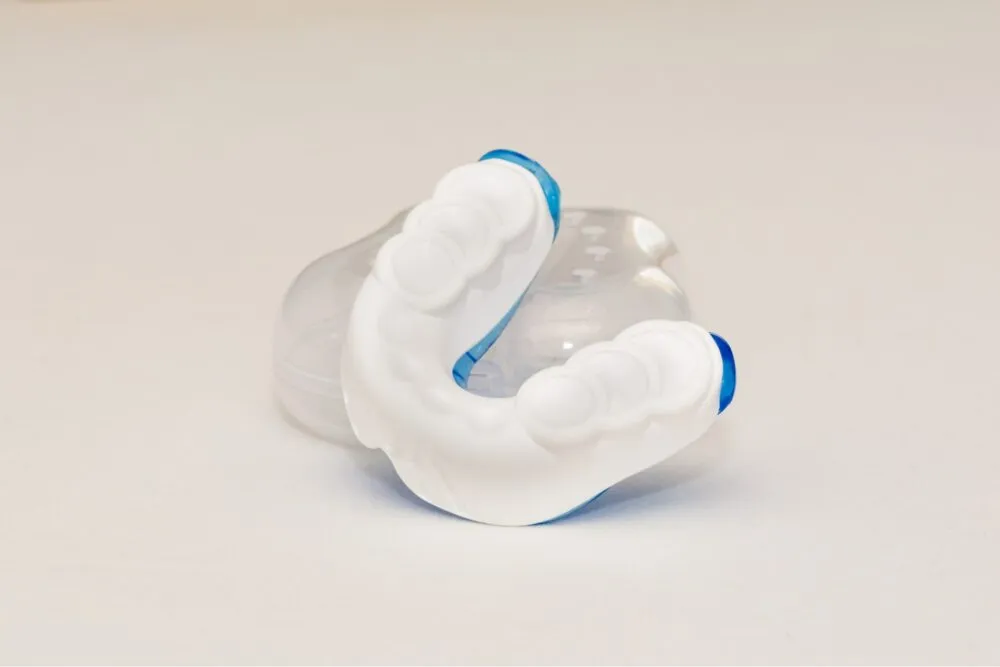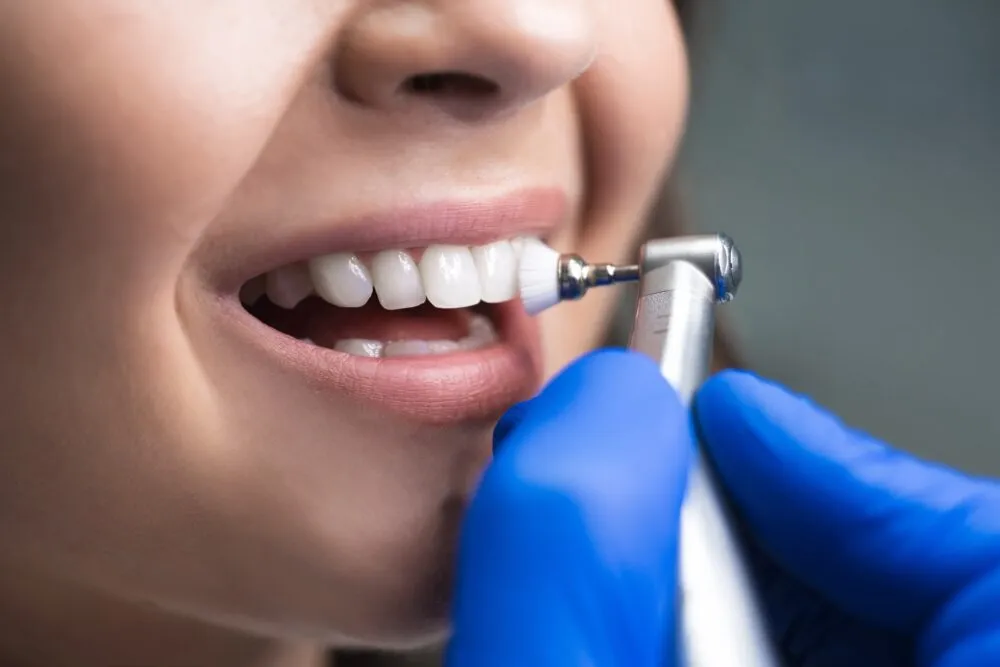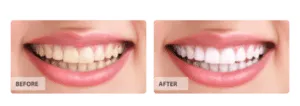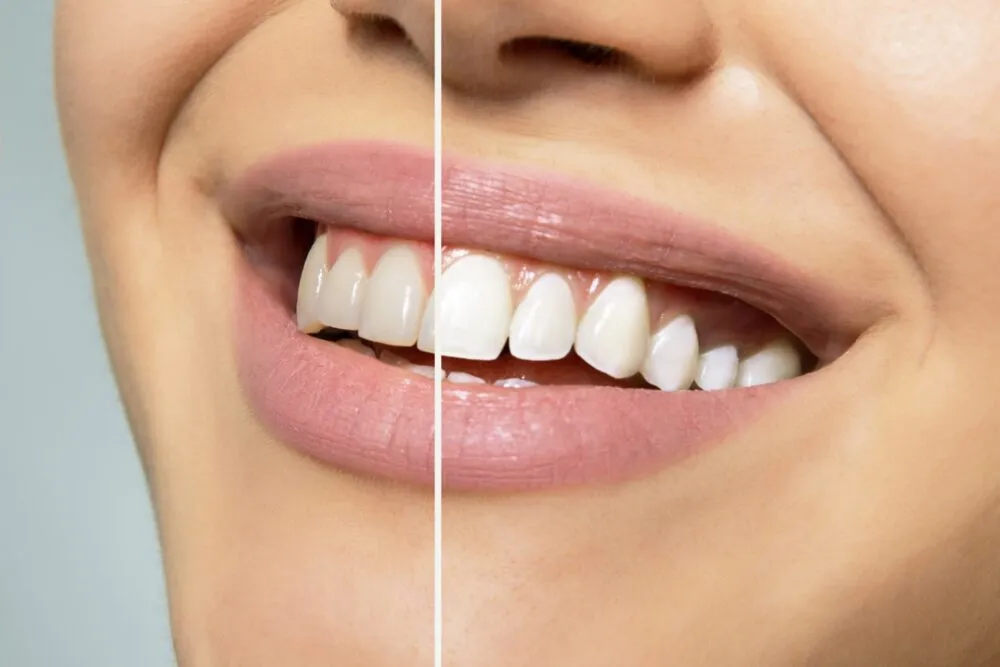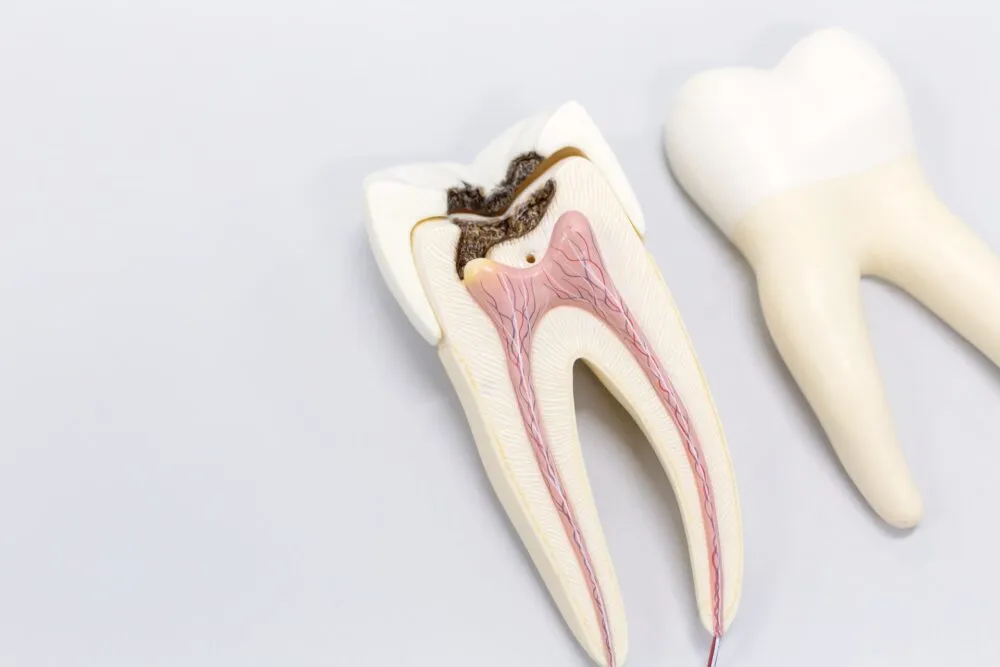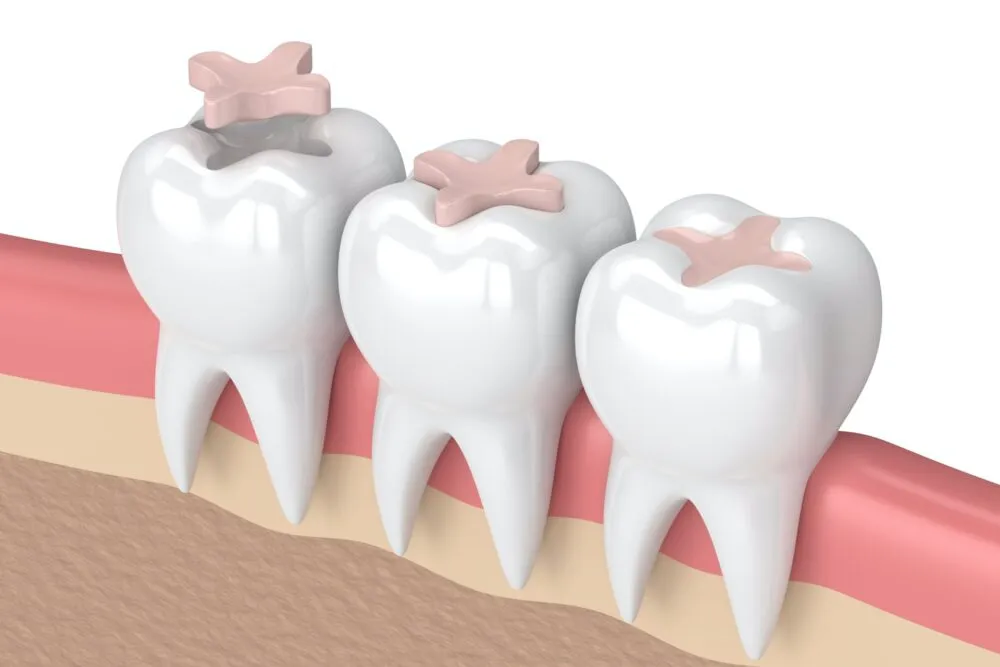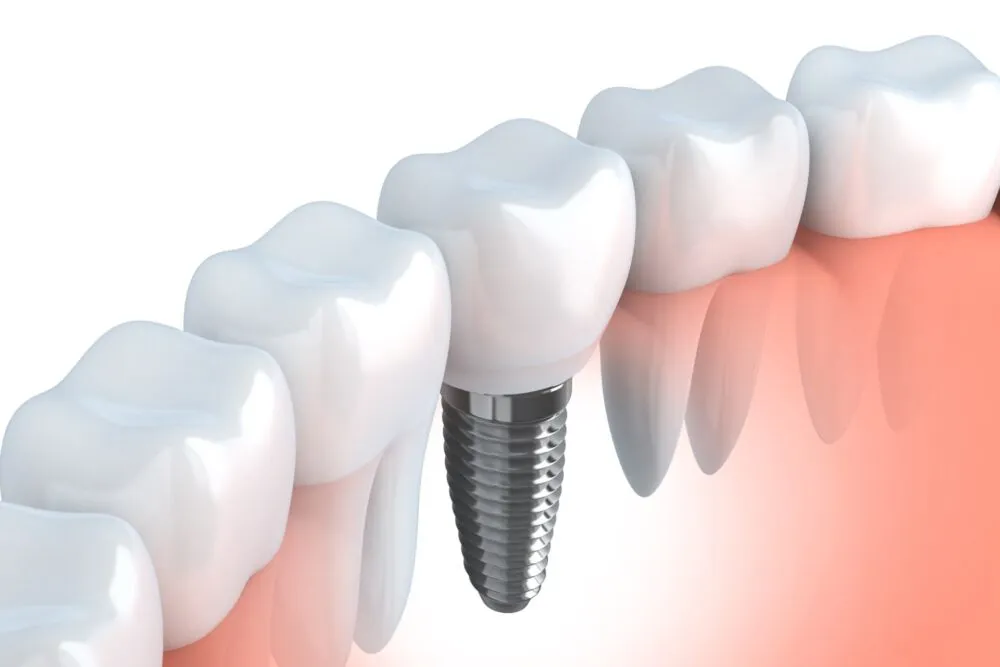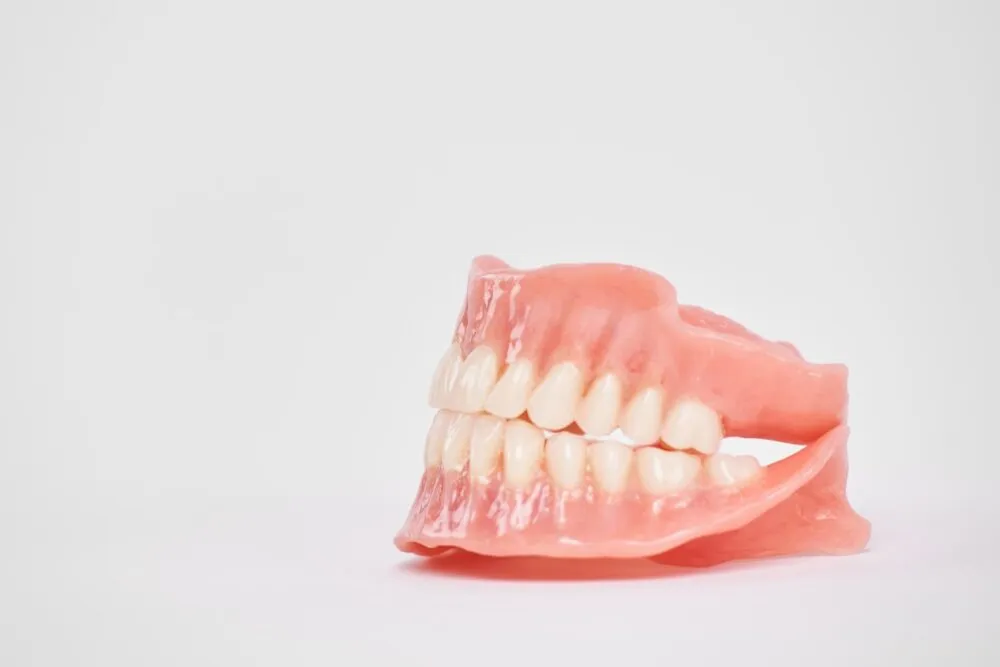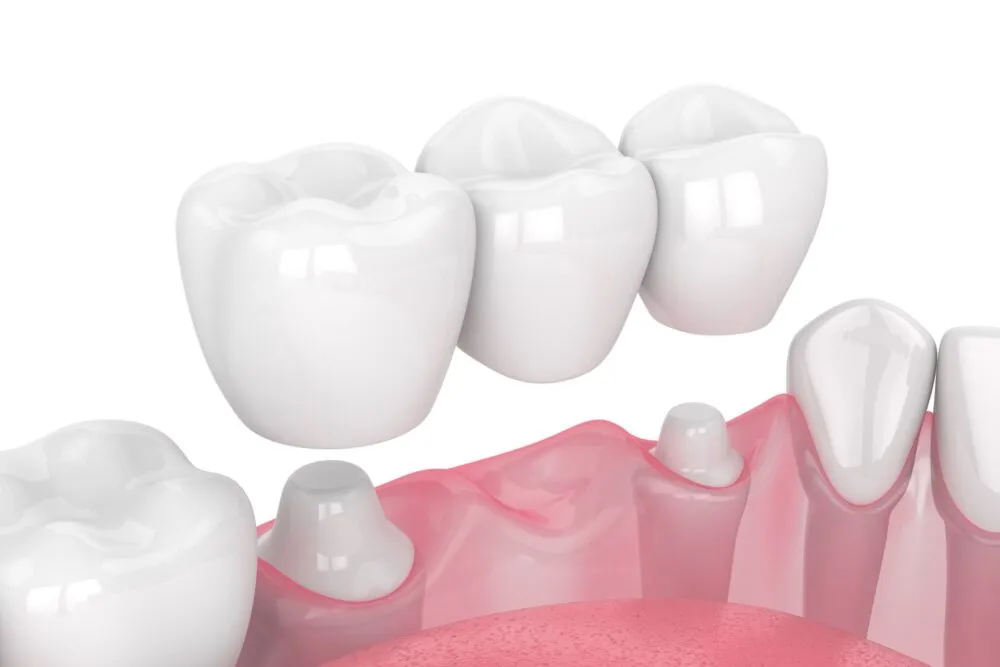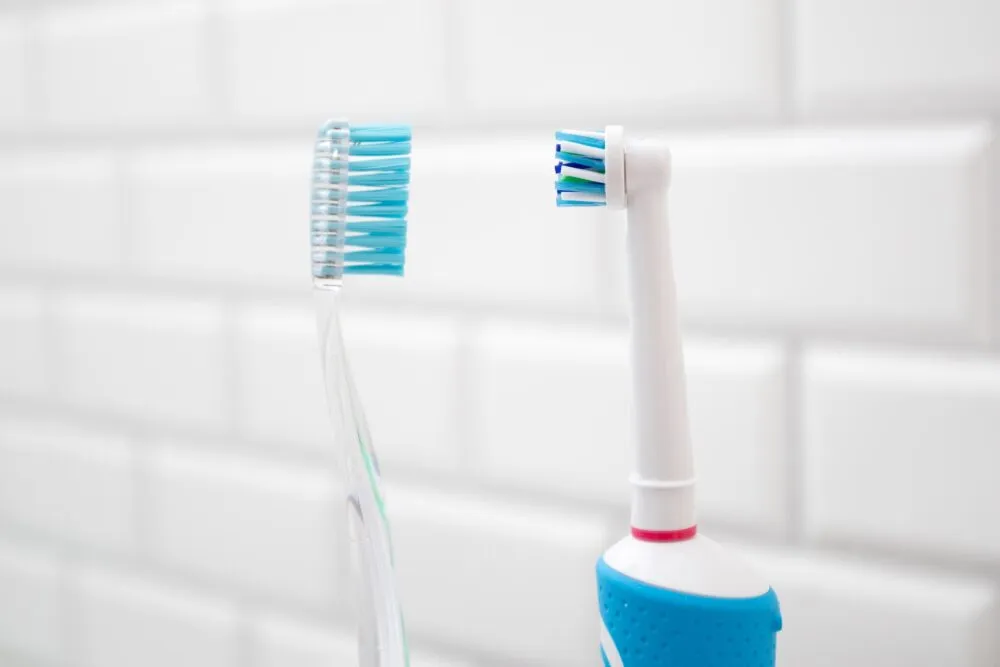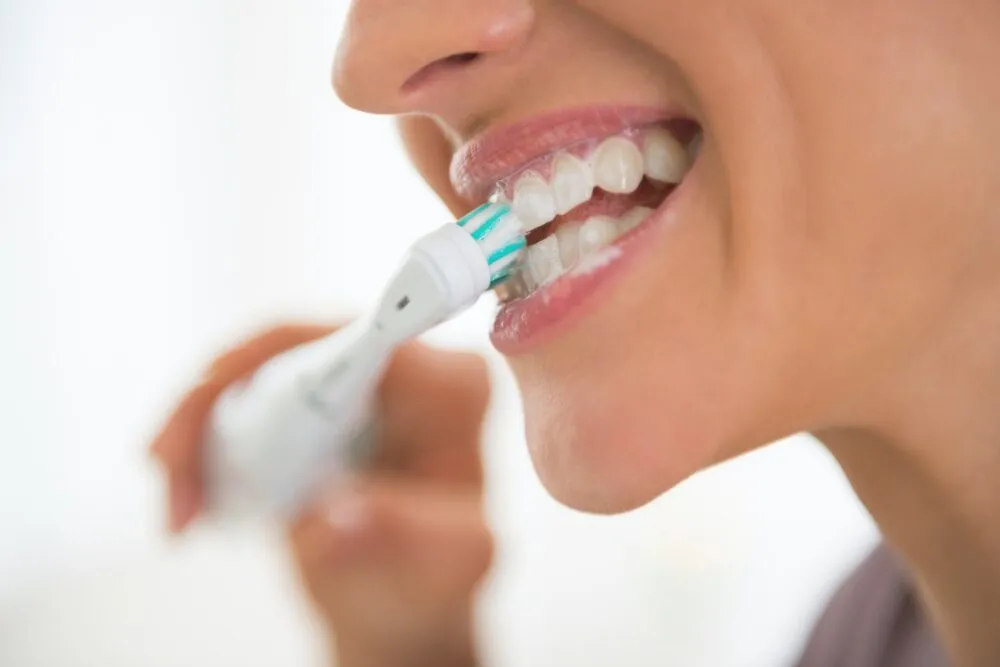Having the proper amount of fluoride can help prevent and control tooth decay in both children and adults. Fluoride is vital for tooth development, but consuming fluoride can also cause a range of changes to the tooth’s enamel, or the surface of the tooth that protects the inner layers from decay and infection. Changes to the tooth’s enamel surface are often called dental fluorosis. While it can typically appear in children, it can also occur in adults in rare cases. If you’re a parent raising children, or an adult who wishes to learn more, here’s a simple breakdown about dental fluorosis and how it can be prevented.
What Causes Dental Fluorosis?
Dental fluorosis is a dental condition that causes changes in the appearance of the tooth, creating white spots along the surface. It isn’t a disease, and it doesn’t affect the health of your teeth. In many cases, fluorosis would only be noticed by a dentist. These faint, white lines and streaks across the teeth often occur during childhood, when a child consumes too much fluoride from any source while their teeth are still developing. Dental fluorosis occurs when a child’s around eight years old, just around the time when their primary teeth start to erupt.
Even when the chances of developing fluorosis exists while the teeth are still growing inside the gums, what circumstances do adults have to develop fluorosis? According to the National Institute of Health, only about 10% of the ingested fluoride is deposited in bone, while in growing children, more than 50% may be incorporated in the bone. Many dentists highly recommend children get their recommended amount of fluoride for development because fluoride offers many benefits for bone health, including:
- Remineralization of the enamel
- Reverse early signs of tooth decay
- Protects the teeth from cavities
- Encourages healthy tooth development
- Protects teeth throughout your lifetime
How Much Fluoride is Too Much Fluoride?
The delicate balance between enough fluoride and too much fluoride depends on numerous factors. Your pediatrician, family physician, and the dentist will be able to determine how much your child needs to gain the appropriate amount of fluoride depending on their age, gender, medical history, and overall health. For parents wishing to learn more about how much fluoride to provide their child to prevent fluorosis, consider the following tips:
- For Infants: Breastfeeding your child until they are six months old can help provide them the amount of calcium needed for healthy teeth. If they’re on formula, consult your doctor about the best type of formula for your child.
- For Three-Year-Olds: If their teeth start coming in, brush their teeth twice a day as appropriate with fluoride toothpaste.
- For 3-8 Year-Olds: Continue to help them brush their teeth, and use the minimal amount of toothpaste needed so they won’t swallow too much toothpaste. Avoid using fluoride mouth rinses for children under six years old, as their swallow reflex isn’t as well developed during that time.
- Other Options: The Safe Drinking Water Act requires public water systems to notify customers of fluoride levels. Check your local water filtration systems to get the statistics about how much fluoride is added to your public water.
For more information about fluoride, dental fluorosis, and how to best protect your teeth, contact your primary dentist and schedule an appointment with them today.
